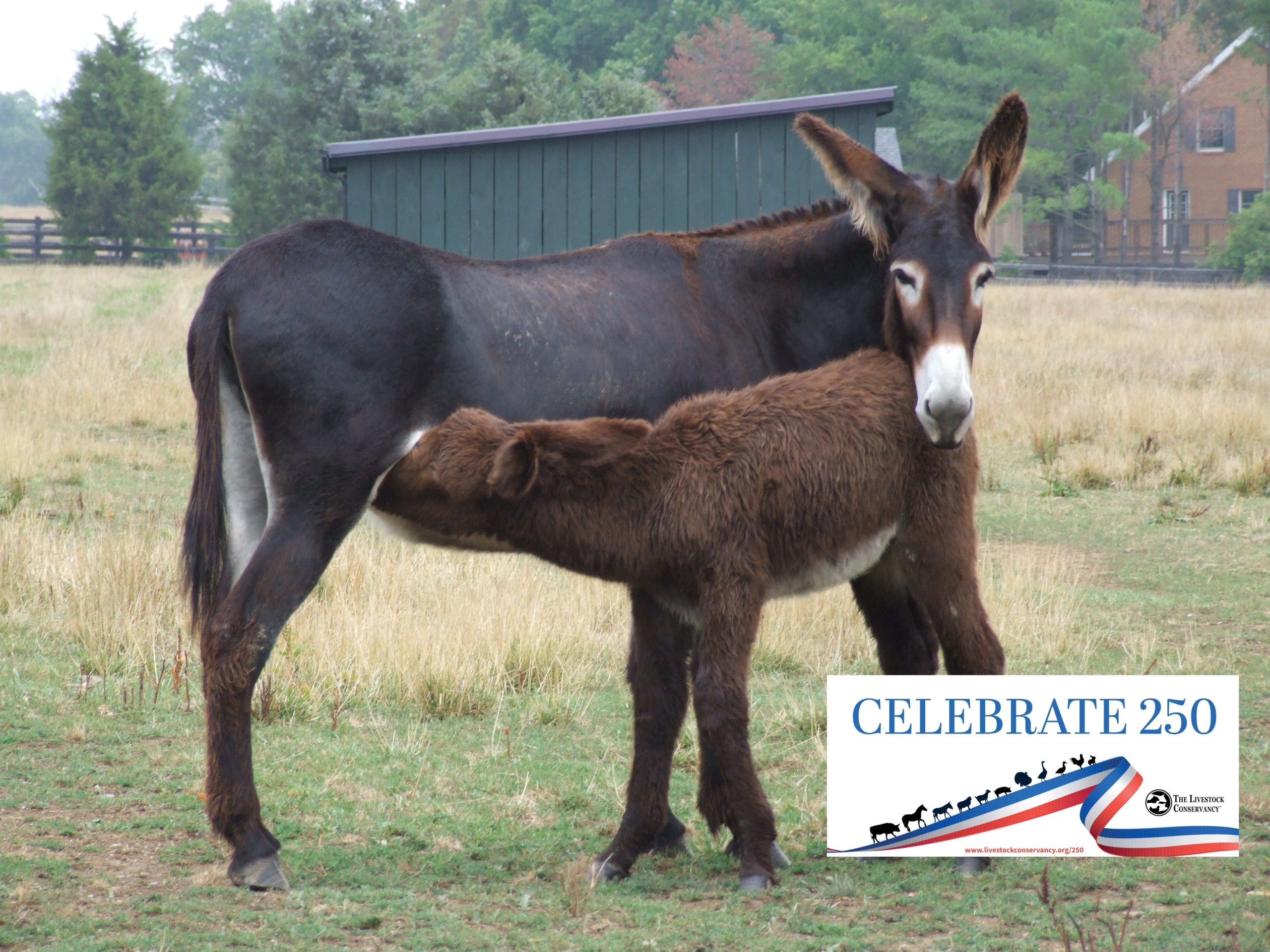Horses have galloped through the history of North America, leaving behind a legacy. Their story is closely intertwined with the fabric of human existence and the evolution of cultures and societies in this country.
Ancient horses roamed freely across the North American wilderness for millions of years. Scientists suggest they began to live alongside this continent’s earliest settlers nearly 30,000 years ago, co-existing with other large wild mammals, some of which were predators.
However, a pivotal shift occurred around 8,000 to 10,000 years ago when horses mysteriously disappeared from North America. Scholars continue to speculate about the reasons this happened: was it due to predation (human and animal), competition for food, climatic changes or a combination of these factors? What is clear is that the horses that managed to escape to other continents via a land bridge that no longer exists, adapted and thrived. Ultimately, they reshaped human history when they became domesticated about 4,000 years ago.

Zorro, a Puerto Rican Paso Fino, Courtesy of Peg Cornell
Fast forward to the late 1400s, when Spanish explorers ventured into the Western Hemisphere, bringing with them hopes, dreamsand horses. Some of their noble steeds escaped or were released and scattered across the vast grasslands of North America, where they soon became integrated into the cultures and lifestyles of the Indigenous peoples. These horses were the ancestors of the Colonial Spanish breeds and the Puerto Rican Paso Fino, each with its own unique story.
As the 16th and 17th centuries unfolded, more explorers arrived, their ships loaded with diverse horse breeds from their homelands. While some of these breeds flourished and continue to thrive today, others have faded into obscurity. As American settlers sought to adapt to their new environments, they began crossbreeding horses to produce new breeds tailored to their agricultural and transportation needs. Some of these early American breeds survived, but others, such as the Conestoga Horse and the Narragansett Pacer, became extinct, victims of a rapidly changing world and insufficient conservation efforts.

Belgian Draft Horses
As the nation’s population grew and expanded westward, horses remained the backbone of American life. They played essential roles in crop production, livestock management and the transport of people and goods across long distances. The rhythmic sound of hooves became the heartbeat of travel, commerce and military endeavors. For generations, horses were indispensable partners guiding America toward its future. During this time, American breeds, like the Canadian, Belgian, Rocky Mountain, Mountain Pleasure, American Cream Draft and others, were developed through intentional crossbreeding to serve various distinct purposes.
The dawn of the 20th century ushered in mechanization, resulting in a decline in the need for horses on farms and in everyday life. This, coupled with the devastating impact the economic depressions of the 1890s and 1920s had on farmers across the nation, resulted in the sale or release of many horses into the wild. Another blow to many horse breeds occurred with the enactment of the 1930 tariff on horse imports. Affecting all but racing breeds, this severely limited the number of horses imported in many other breeds. By the 1950s, the number of equines had declined significantly. Some breeds fared better thanks to dedicated efforts to maintain them, while others found themselves in danger of extinction in the U.S. and beyond.
Hope remains for endangered breeds, thanks to the dedication of passionate breeders and equine enthusiasts who work tirelessly to maintain biodiversity within the small, unique breeds on The Livestock Conservancy’s Conservation Priority List. Today, most horses have transitioned to recreational roles, although some continue to serve in traditional capacities, supporting horse-powered farms, homesteaders and mounted police units. Recently, horses have stepped into new roles in search and rescue operations and equine-assisted learning and therapy programs, highlighting their unyielding adaptability.

Dartmoor mare
From their historical significance to modern contributions, horses continue to be our partners. Their legacy endures, reminding us of the deep connections we share. Find a place where you can hear the sound of hooves and enjoy a horse’s presence. Close your eyes, envision the incredible journeys horses took with your ancestors, and appreciate the vital roles they play in our culture today.
For more information about all of the equine breeds on The Livestock Conservancy’s Conservation Priority List, check out the info at
https://livestockconservancy.org/heritage-breeds/conservation-priority-list/
To find a place where you can hear the hoofbeats of heritage breed horses or a lively discussion about the history of heritage horse breeds in the United States, check out the Living History Museums, Farm Parks, and Zoos list and the Heritage Horses In History podcast (to be released July 29th, 2025). Information about locations and the link to the podcast are available at https://livestockconservancy.org/250
Join us each month as we share a new blog in this ongoing series. In August, we’ll explore the history of the heritage duck varieties on The Livestock Conservancy’s Conservation Priority List.




